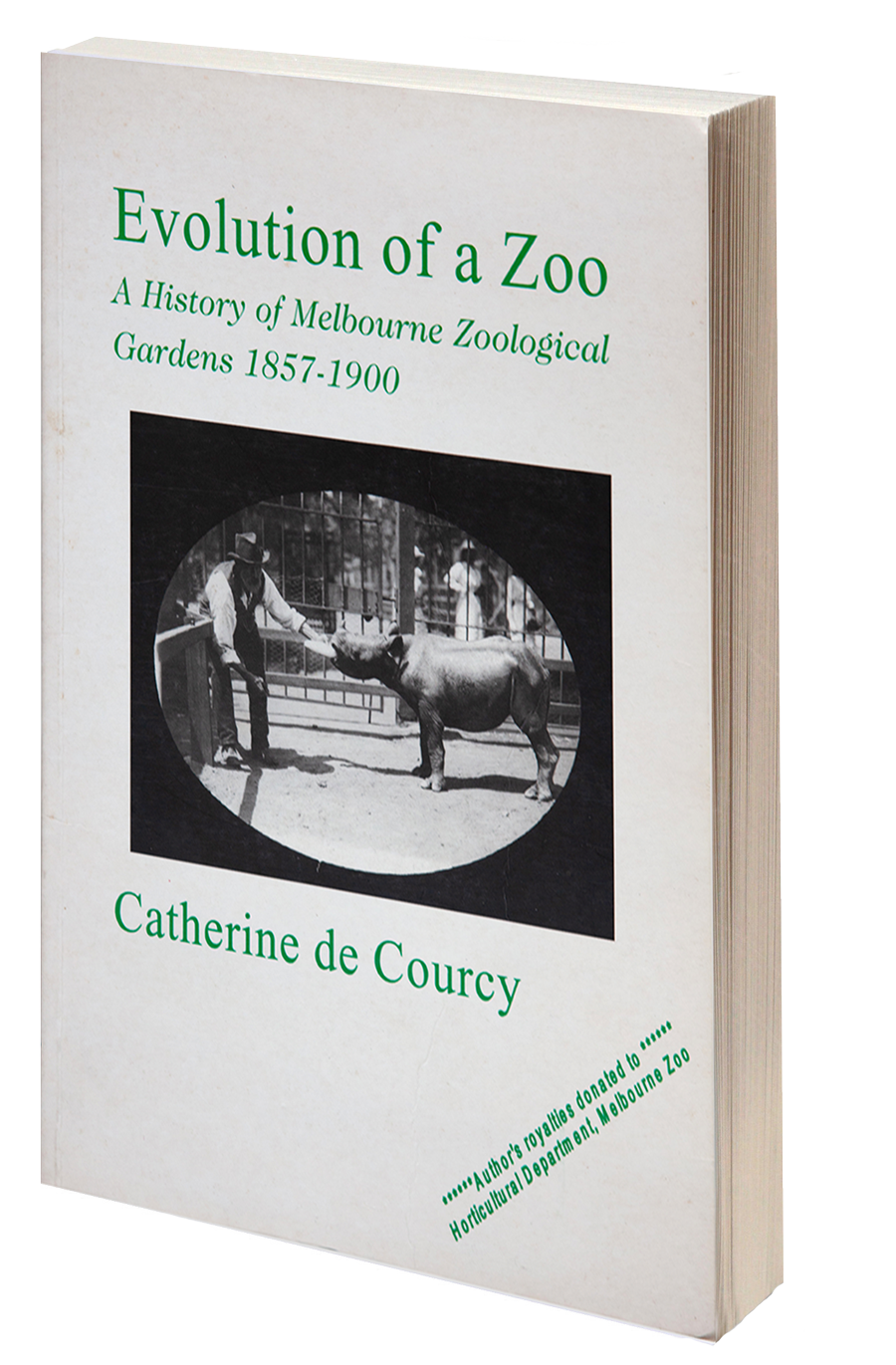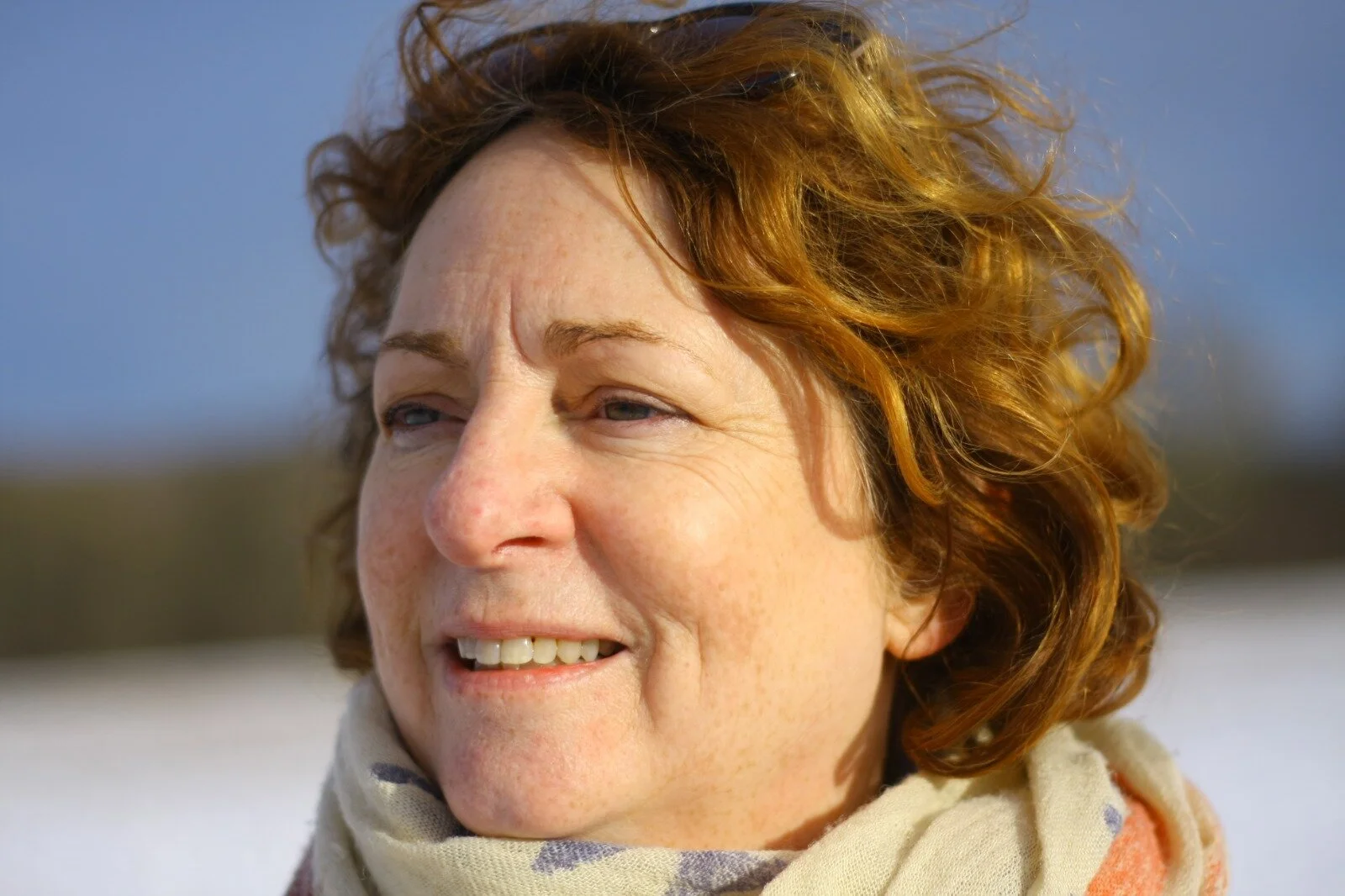How Dublin Zoo has morphed - the Irish Times
The Zoo began as a place of genteel recreation, with many titled members, and once nearly shut forever, writes CATHERINE DE COURCY in the Irish Times 26 September 2009
There have been over 45 million visitors to Dublin Zoo since it opened on four acres in the Phoenix Park in September 1831. Created by the Zoological Society of Ireland, its early days were precarious. The land was borrowed from the Lord Lieutenant on the promise that it would be vacated with two months notice. All funding for the animals, buildings and staff came from membership fees, entrance charges and donations.
Keepers and gardeners were employed but the management of the Zoo was entirely in the hands of a voluntary council drawn from the membership.
Yet the founders, who included anatomists and physicians, did not consider failure and put great energy into this ambitious undertaking.
They had several reasons for creating a zoo, the most practical of which was access to exotic animals, alive and dead, for study, dissection and analysis.
In the 1830s elephants, lions and other animals could sometimes be seen in the rowdy atmosphere of the fairgrounds, such as Donnybrook Fair. In contrast Dublin Zoo was deliberately designed to be a place of genteel recreation and study with neat gardens, fashionable parties attended by the Lord Lieutenant, the patronage of Queen Victoria and many titled members whose names were posted on a board inside the gate.
Yet in 1840, urged on by liberal members of the Society, the council decided to allow the public in for a penny on Sundays. Not everyone was happy with this radical development; some members complained that the Sunday crowds teased the animals and cut the flowers. But the objectors were in a minority and, before long, cheap entry was extended to summer evenings and public holidays. This decision created a close and enduring bond between Dublin Zoo and Dubliners, which became critical for the Zoo’s survival in the late 20th century.
London Zoo (opened in 1828) provided Dublin with many of its animals in the early years. These included an elephant, which arrived in 1836 on condition that, after its death, its skeleton would be returned to London Zoo. The elephant died in 1842 but London allowed Dublin to keep it. After being used for a series of anatomical demonstrations, the skeleton was given to the Royal Dublin Society for its museum.
There were no such stipulations when London gave Dublin a three-year-old male giraffe called Albert in 1844. He was a huge attraction until his death in 1849 and his popularity aided the Zoo’s survival during the Famine years when the council struggled to feed the animals. Horseflesh and rough barley were used instead of bread, oats and butchers’ meat; substitutes were found for potatoes, which had been fed to several animals including the bears; some greens were still purchased for the ostrich while Albert’s diet included onions, rock salt and clover.
The arrival of Samuel Haughton on the council in 1860 marked a new era for the Zoo. The Trinity College geologist, physician and well-known wit used his considerable skills to steer the Zoo into a stable position. In 1864 he persuaded the government to extend the Zoo’s land to the far side of the lake. Three years later he succeeded in acquiring government money to build several permanent structures, including Society House where the education centre is located today.
The Zoo’s tenuous occupancy of the land had not altered but now it would be much more difficult to get rid of it.
With the lake under the Zoo’s jurisdiction, Haughton was able to charge people for skating when the water turned to thick ice. Several severe winters in the 1860s were very lucrative despite the fact that, on one occasion, 21 people ended up in deep, cold water when the ice cracked and on another occasion five people had to be rescued. Of these, one young man was ‘very near being lost’, and ‘two gave much trouble to restore after being landed’. Nevertheless, ice-skating continued in Dublin Zoo until the 1960s.







